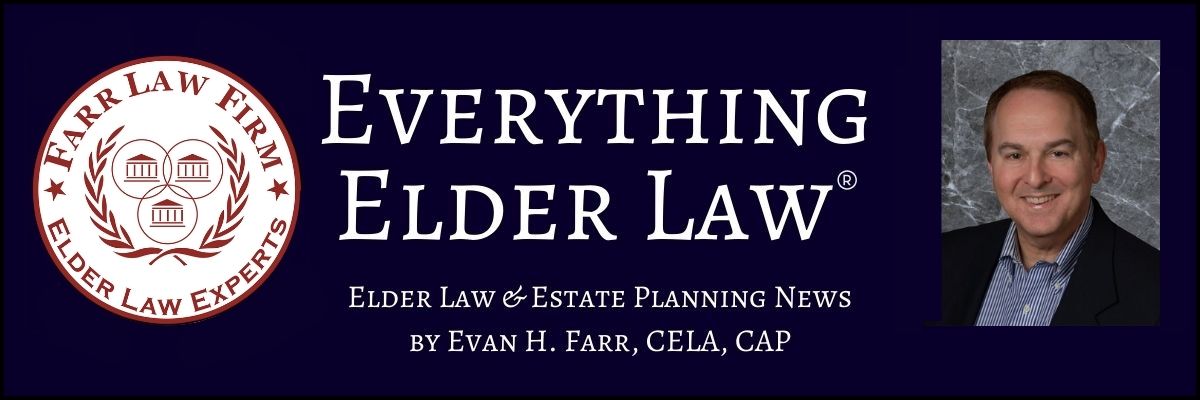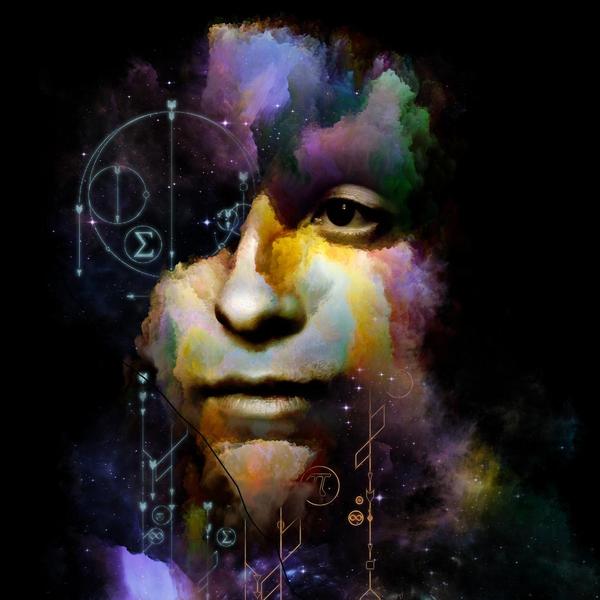When Vision Loss Looks Like Dementia: Understanding Charles Bonnet Syndrome
Families caring for elderly loved ones are often on high alert for any signs of cognitive decline. When an aging parent begins describing vivid visions — people in the room who aren’t there, intricate patterns on the walls, or animals appearing suddenly — many
jump to one conclusion: dementia. But there is another, lesser-known condition that may be at play, especially among individuals who have experienced significant vision loss.
This condition is known as Charles Bonnet Syndrome (CBS), and while it is relatively common, it remains significantly underdiagnosed, particularly in the elderly population.
What Is Charles Bonnet Syndrome?
Charles Bonnet Syndrome (named after a Swiss philosopher and naturalist by the name of Charles
Bonnet -- pronounced BON-AY, similar to the pronunciation of the word "ballet"-- who died in 1793 with this syndrome), is a neurological condition that causes visual hallucinations in people who are otherwise mentally healthy but have lost a substantial amount of their eyesight. Named after an 18th-century Swiss philosopher whose grandfather experienced these symptoms, CBS can affect individuals with macular degeneration, glaucoma, diabetic retinopathy, or other causes of
vision impairment.
Key characteristics of CBS include:
Visual hallucinations only: Unlike dementia or psychiatric conditions, these hallucinations are exclusively visual. There is no accompanying delusion, paranoia, or loss of awareness.
Preserved insight: Individuals with CBS usually know the hallucinations aren’t real,
although some may not initially share what they’re seeing for fear of being labeled confused or mentally ill.
Vivid imagery: The hallucinations are often detailed, colorful, and complex—people, animals, patterns, or landscapes. They can last seconds or minutes and occur multiple times a day or less frequently.
Trigger: Vision loss: CBS is directly linked to a
significant decrease in visual input. The brain, deprived of visual signals, essentially “fills in the blanks” with imagined visuals.
Why It Matters for Older Adults
Many elderly individuals are coping with partial or complete vision loss, especially from age-related macular degeneration. At the same time, they may also be dealing with other health issues, making it easy for both families and healthcare providers to misattribute symptoms of CBS to
dementia, delirium, or psychiatric illness.
This can lead to:
Misdiagnosis and unnecessary treatment: Antipsychotic medications may be prescribed inappropriately, with side effects that further impair cognition or mobility.
Family distress: Loved ones may interpret hallucinations as signs of mental decline, causing anxiety, fear, or even
decisions around guardianship or institutionalization.
Failure to treat the underlying vision loss: Understanding that hallucinations may result from CBS could reframe the care plan toward vision rehabilitation or adaptation rather than cognitive treatment.
Why Is CBS So Often Missed?
Despite studies suggesting that up to 10% to 40% of people with significant vision loss
experience Charles Bonnet Syndrome, it remains largely unrecognized in clinical settings. Reasons include:
- Lack of awareness among both doctors and families;
- Stigma or fear of being labeled “crazy,” leading patients not to report their symptoms;
- Overlapping symptoms with dementia or delirium;
- Failure to ask the right questions in vision-impaired patients.
How Families Can Help
If your
elderly loved one is experiencing unexplained visual hallucinations, especially in the context of known vision loss, consider the following steps:
Ask gently and non-judgmentally: Inquire whether they ever see things others don’t. Reassure them that this is a known phenomenon and doesn’t mean they are losing their mind.
Speak with their ophthalmologist: Not all eye doctors are
familiar with CBS, but a discussion of recent changes in vision may help guide appropriate diagnosis.
Avoid assumptions of dementia: Hallucinations alone — without memory loss, confusion, or personality changes — should not automatically lead to a dementia diagnosis.
Document and observe: Keep a record of when hallucinations occur, their frequency, and their nature. This
information can be invaluable during medical appointments.
A Broader Lesson: Always Look Beneath the Surface
As elder law attorneys, we often hear from families grappling with questions about a loved one’s mental capacity. While we routinely assist with guardianships, powers of attorney, incapacity planning, estate planning, and Medicaid Planning, we also urge families to take a holistic view of a loved one’s medical and
neurological situation.
Sometimes, what appears to be cognitive decline may instead be a treatable or manageable condition, such as CBS. Raising awareness among caregivers, health providers, and the legal community can help reduce misdiagnosis and protect the dignity and autonomy of older adults.
Final Thoughts
Charles Bonnet Syndrome is not a mental illness. It is a neurological response
to vision loss. Recognizing this distinction can help families avoid unnecessary fear, preserve a loved one’s legal rights, and promote more compassionate caregiving.
If your family is navigating complex questions about incapacity, guardianship, or long-term care planning, we’re here to help — always with an understanding of both the legal and human aspects of aging.


